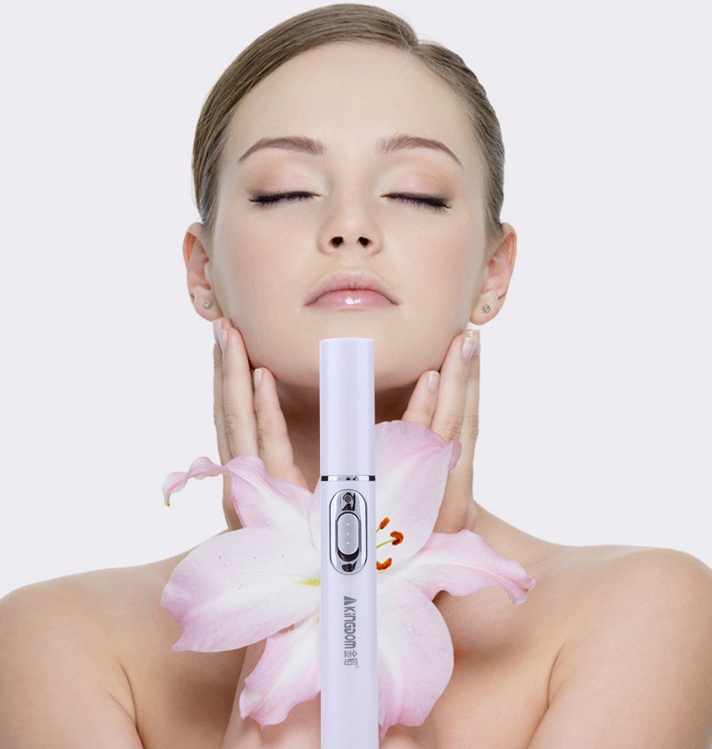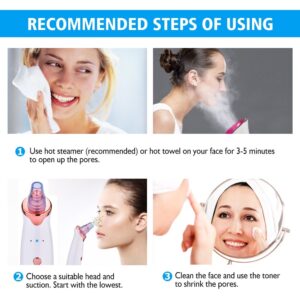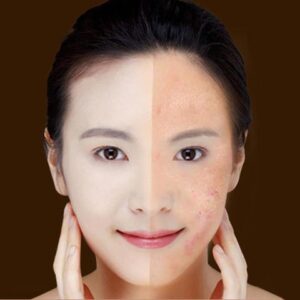Facial Cleansing Brushes: Do They Really Work?

The Buzz About Facial Cleansing Brushes: What’s the Deal?
Okay, let’s talk facial cleansing brushes. You’ve probably seen them all over social media, promising smoother skin, smaller pores, and a radiant glow. But are they just another trendy gadget, or do they actually deliver on their claims? We’re diving deep into the world of facial cleansing brushes to give you the lowdown.
So, what exactly *is* a facial cleansing brush? Basically, it’s a handheld device, usually battery-operated, with a brush head that rotates or vibrates. The idea is that the brush helps to remove dirt, oil, makeup, and dead skin cells more effectively than washing your face with your hands alone. They’ve become super popular, marketed as a key step in achieving a flawless complexion.
Pros and Cons: The Real Talk
Like any skincare tool, facial cleansing brushes have their upsides and downsides. Let’s break it down:
The Good Stuff:
- Deep Cleansing: They definitely give your skin a more thorough cleanse compared to your hands.
- Exfoliation: The bristles gently exfoliate, sloughing away dead skin and revealing brighter skin underneath.
- Improved Circulation: The massaging action can boost blood flow, which can contribute to a healthy glow.
- Better Product Absorption: With a cleaner surface, your serums and moisturizers can penetrate more effectively.
The Not-So-Good Stuff:
- Irritation: Overuse or using the wrong type of brush can lead to redness, irritation, and even breakouts.
- Sensitivity: Some skin types are just too sensitive for regular brush use.
- Cost: The brushes themselves can be pricey, and you’ll also need to replace the brush heads regularly.
- Hygiene: If you don’t clean your brush properly, it can become a breeding ground for bacteria.
Decoding the Brush Types: Sonic, Rotating, and Silicone
Not all facial cleansing brushes are created equal. Here’s a quick guide to the main types:
Sonic Brushes:
These brushes vibrate at a high frequency, creating a gentle yet effective cleansing action. They are often considered gentler than rotating brushes.
Rotating Brushes:
As the name suggests, these brushes rotate to cleanse and exfoliate the skin. They can be more aggressive, so they’re best suited for those with less sensitive skin.
Silicone Brushes:
These brushes feature silicone bristles, which are generally considered more hygienic and gentler than traditional bristles. They are a good option for sensitive skin.
Skin Type Matters: Knowing Your Skin
Before you jump on the facial cleansing brush bandwagon, it’s crucial to understand your skin type. Are you oily, dry, sensitive, or acne-prone? Your skin type will heavily influence how your skin reacts to a cleansing brush.
Each skin type is unique, and what works for one person might be a disaster for another. Taking the time to identify your skin type and its specific needs will save you from potential irritation and disappointment. Knowing whether you have dry, oily, combination, sensitive, or normal skin will guide your decision-making process when choosing a facial cleansing brush and incorporating it into your skincare routine. Remember, a one-size-fits-all approach doesn’t exist when it comes to skincare, so tailor your routine to suit your skin’s individual requirements.
Effectiveness by Skin Type: Finding Your Match
Let’s get specific: how do facial cleansing brushes work for different skin types?
Oily Skin:
Oily skin can often benefit from the deep cleansing action of a facial cleansing brush. It can help to remove excess oil and prevent clogged pores. However, it’s important to avoid over-exfoliating, which can actually trigger more oil production.
Dry Skin:
If you have dry skin, proceed with caution. Use a gentle brush with soft bristles and limit use to once or twice a week. Focus on hydrating products afterward to replenish moisture.
Sensitive Skin:
Sensitive skin types need to be extra careful. Opt for a silicone brush with ultra-soft bristles and use it very gently. Watch for any signs of irritation and discontinue use if necessary.
Acne-Prone Skin:
Facial cleansing brushes can be a double-edged sword for acne-prone skin. While they can help to remove dead skin cells and prevent breakouts, they can also spread bacteria and worsen acne if not used properly. Clean the brush thoroughly after each use and avoid using it on active breakouts.
Potential Risks: Proceed with Caution
Overdoing it with a facial cleansing brush can lead to a host of problems, including:
- Irritation and Redness: This is a common side effect of overuse.
- Breakouts: Over-exfoliation can disrupt the skin’s natural barrier and lead to breakouts.
- Dryness and Flakiness: Removing too much oil can leave your skin feeling dry and flaky.
- Increased Sensitivity: Overuse can make your skin more sensitive to other products and environmental factors.
Exfoliation 101: Brushes vs. Other Methods
Facial cleansing brushes are just one way to exfoliate your skin. Other options include:
- Chemical Exfoliants (AHAs/BHAs): These use acids to dissolve dead skin cells.
- Physical Scrubs: These contain abrasive particles that manually exfoliate the skin.
- Enzyme Peels: These use enzymes to gently break down dead skin cells.
The best method for you will depend on your skin type and preferences. Some people find that facial cleansing brushes are a convenient and effective option, while others prefer the gentler approach of chemical exfoliants. For deeper pore cleaning, you might consider exploring options like The pores clean artifact household cosmetic instrument suck black new instrument to complement your routine.



Very good
Good partner program
Cool partnership